Olufisayo Ifeoluwa Omotunde learned an important health care lesson in a hospital hallway when the wife of an elderly patient pulled the third-year School of Medicine student aside.
“Why don’t you talk to my husband anymore?” the woman asked. “He says he misses the conversations.”
Omotunde (MED’17), who is participating in a new MED clerkship program at Kaiser Permanente Medical Center in Santa Clara, Calif., had stopped checking in with the patient when he no longer needed the care of the attending physician she’d been paired with. Omotunde decided to resume her afternoon visits, and when she came into his room later that day, the patient was visibly cheered.
“It was so reassuring to me to see that what I was doing was contributing to the patient’s health,” says Omotunde. “That really matters to me, and it really matters to everyone out here. That’s one of the great things about this clerkship. You can see it.”
Omotunde is one of 11 MED students in the new program, offered at two Kaiser Permanente Medical Centers in California: San Jose and Santa Clara. Started last May, the yearlong curriculum pairs medical students with attending physicians in several specialties for four- to eight-week rotations. At the hospital in Santa Clara, students do rotations in pediatrics, surgery, radiology, and psychiatry. In San Jose, they follow doctors in family medicine, OB/GYN, internal medicine, psychiatry, and neurology. And although the students are 3,000 miles from their home on the BU Medical Campus, they attend lectures and take part in academic discussions online.
BU is the only medical school in Massachusetts with such a program, but that’s just one of many things that sets the new clerkships apart, says Anna Hohler (MED’98), MED assistant dean of academic affairs and an associate professor of neurology. With almost 10 million members and more than 17,000 doctors, Kaiser Permanente is the largest managed health care system in the country. The Kaiser clerkships give students a chance to learn from a not-for-profit venture that has long been regarded as a health care trailblazer, recognized for its use of technology, its reliance on evidence-based medicine, and an agility that enables it to swiftly embrace change.

Danny Sam, director of medical education at Kaiser Permanente in Santa Clara, explains kidney function to (from left) Winnie Wong (MED’17), Rachel Shelley-Abrahamson (MED’17), and Vivian Wang (MED’17).
The University’s new Kaiser affiliation also expands the geography of opportunity and the professional connections that often shape a young doctor’s career. While most medical schools offer clerkships at several hospitals, they are by and large regional affiliations. MED’s list of clinical sites, for example, includes Boston Medical Center, Boston Children’s Hospital, St. Elizabeth’s Medical Center, Mount Auburn Hospital, and more than 40 private and group practices and community health centers across New England.
The program is a draw for MED students for another reason: more of them come from California than from any state other than Massachusetts, Hohler points out, and many of those students hope to practice in their home state.
The program’s benefits are hardly one-sided. While some Kaiser hospitals offer clerkships for medical students from Stanford, UC San Francisco, UC Davis, and Drexel, the BU connection offers the health care giant a chance to spot and later recruit talented young doctors from a large East Coast university.
Going West
Hohler says the partnership with Kaiser Permanente was first envisioned more than two years ago by Karen Antman, dean of MED and provost of the Medical Campus, who “wanted to give our students an opportunity to participate in an innovative, computer-based health care system with an emphasis on preventive care.”
Antman traveled to California, where she and Bruce Blumberg, Kaiser’s director of medical education for northern California, talked about each party’s expectations, which Kaiser hospitals would be the best fit for a branch campus, and how faculty appointments might be configured. Antman came away from the meeting persuaded that Kaiser and BU were committed to similar goals: “Serving the underserved and pursuing visionary strategies for the future of health care,” Hohler says.
As is common practice, all attending physicians in the program now have positions on the MED faculty. This is being coordinated by Monica Parker-James, manager of clinical and strategic affiliations in the academic affairs office. The West Coast sites are overseen by two acting deans in residence, Harley Goldberg, director of graduate medical education at the Kaiser Permanente Medical Center in San Jose, and Danny Sam, director of medical education at the Kaiser Permanente Medical Center in Santa Clara.
Hohler says the clerkships have surpassed all expectations. “The students are seeing variety, they are seeing volume, and they are getting personalized teaching,” she says. “They are getting a vast amount of knowledge in a very short period of time.”
They are also participating in quality improvement projects. In neurology clerkships, for example, they are educating patients before they are discharged, in an effort to lower readmission rates. In OB/GYN, students are trying to reduce blood clots in patients’ legs, a risk among women who are pregnant or have given birth, with medication and education strategies, and they are working on education programs for smoking cessation.

Vivian Wang (MED’17) is doing her third-year clerkship at the Kaiser Permanente Medical Center in Santa Clara, Calif.
The students spend their clinical days in inpatient and outpatient settings, and they participate in weekly virtual teaching sessions at MED. “We spent countless hours coordinating the technology for a long-distance learning program,” says Parker-James. “We have made a great deal of material available for online lectures, and we’ve modified the times of didactic learning to suit the schedules of people on the West Coast.”
One of those online products is put to work on a Friday morning in October by administrators in Boston using Skype to deliver a Careers in Medicine (CiM) Fair to a fourth floor conference room in Kaiser’s Medical Office Building in San Jose. While medical students sit at tables arranged in the shape of a U, Angela Jackson, MED associate dean for student affairs and an associate professor of medicine, appears onscreen, answers questions, and dispenses advice about such critical processes as how to decide on a medical specialty and how to ask for a letter of recommendation for a hospital residency.
“Be realistic,” Jackson advises. “Be realistic about what you’re good at, what you like, what brings you intellectual and personal satisfaction. And if you need help figuring any of this out, come talk with us in the student affairs office—we can help.”
She tells the students to remember the people they worked well with, and who saw them in action. “Those are the people you want to ask for a letter. A letter from a faculty member who has seen you in the heat of battle is very valuable.”
Paige Curran, assistant dean for student affairs and director of the academic enhancement office, has a more specific suggestion. “The correct verbiage is: ‘Can you write me a strong letter of recommendation,’” says Curran. “We urge all students to sit face-to-face with the person they are asking. If that person says, ‘I haven’t really seen enough of you to write a thorough recommendation,’ then you don’t want that letter.” Curran travels to San Jose and Santa Clara quarterly to meet with the students individually and provides frequent advising and support through telephone and online communication to ensure students remain connected.
Weather: Another Compelling Attraction
The Skype discussion concludes at noon, and the students move outside for a short break before lunch, where they are reminded of another compelling attraction of West Coast clerkships: the weather. This is Silicon Valley, where the skies are habitually blue, temperatures range from the 40s to the low 80s, and soft breezes roll past glass-walled technology giants and over dry, grass-covered hills. Before she came east to attend undergraduate school at Brown, this was the world of Rachel Shelley-Abrahamson (MED’17), who is happy to be back and very pleased with her clerkship at Kaiser Permanente.
“Kaiser is a great place to learn the fundamentals of medicine,” she says. “Everything Kaiser does is evidence-based. We are learning best practices for the most commonly seen diseases and disorders.”
Shelley-Abrahamson says Kaiser Permanente’s business structure, as both insurer and provider of health care, eliminates the need for complicating consultations with third-party insurers. “Here,” she says, “there are fewer hoops to jump through” as physicians try to give patients the best care.
She thinks highly of Kaiser’s practice of continuous monitoring of patient feedback and adjusting its practices in timely response. “What Kaiser does and doesn’t offer is constantly evolving,” she says. “They are very fast on their feet, and that makes BU students feel at home, because one thing about BU is that it is very responsive to students’ input.”

Brian Koottappillil (CAS’17, MED’17) and Wenqi Feng (CAS’17, MED’17) at the Kaiser Medical Center in San Jose.
Kaiser doctors are salaried, not paid per service, and tend to emphasize preventive care, Shelley-Abramson says, and the company tries hard to minimize patient time in hospitals, while encouraging medical staff to connect with patients.
“Nobody ever says you can’t do that because insurance won’t cover it,” says Maureen Tedesco, site director for surgery in the Santa Clara medical center. “It’s always about the best care that the doctor deems necessary.”
Tedesco says the BU students at Kaiser get to experience a health care system that treats well a very large and diverse population. “We have a policy that if a patient is on campus, they have to have access to all the specialists they need to see while they’re here, so they don’t have to keep coming back,” she says. “There are no boundaries to excellent patient care. I have all my patients’ numbers on my phone. We really do value the patient experience.”
Lynne Bettinger (MED’17) went to high school in Albuquerque, N.M., and says she sees a greater emphasis on technology at Kaiser than she has seen at East Coast medical centers. “We are getting a very good sense of holistic care,” says Bettinger. “And the efficiency out here is a very cool thing.”
Bettinger thinks it’s useful for all medical professionals to experience different models of care. “It’s always good to know what models are out there,” she says. “If you see one with advantages, you can try to change things.”
Rohith Mohan, who is enrolled in BU’s Seven-Year Liberal Arts/Medical Education Program, agrees. “Kaiser has a lot of systems in place to monitor performance and to change things accordingly,” says Mohan (CAS’17, MED’17). “Everything is based on quality measures.”
Mohan says the Kaiser experience gives him reason to believe that he may be able to change other systems of health care. “It is going to be difficult,” he says. “But I think with the mind-set we have, we will try to change the way health care is delivered. At least we have some ideas that we can start working on.”
San Jose’s Goldberg says that mind-set may be the most important thing that students in the clerkship program come away with. He says experts from other health care companies and from other countries, like the National Health Service in England, have been studying Kaiser for decades, hoping to emulate its efficiencies.
“We train our students in evidence-based medicine, and we know where the evidence stops,” says Goldberg. “They get to see the whole system and the culture that goes with it. They also see things that that culture engenders.
“We tell them, ‘We are training you to be leaders, so when you go back as young staff members you can help change things.’”


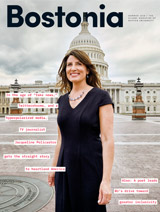
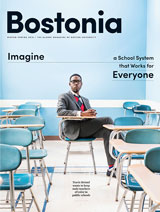
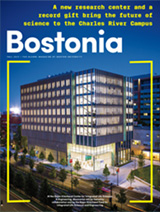

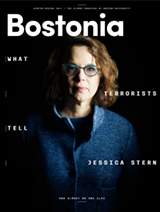
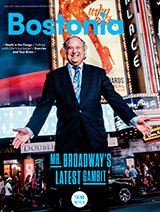
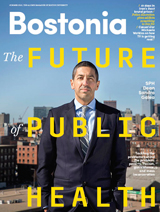
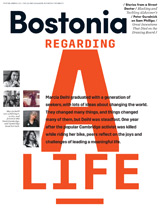
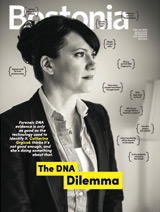
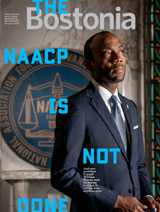
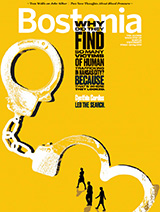



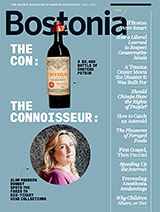
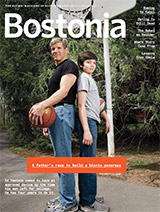
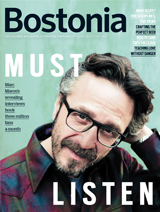
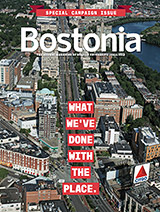
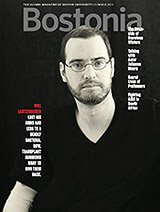
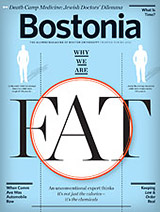
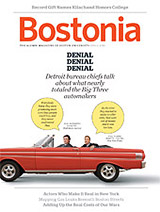
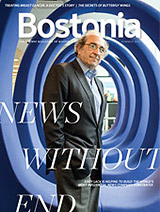


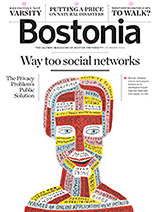
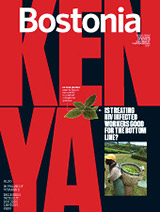
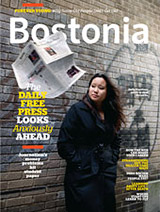
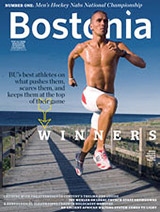
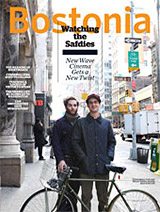



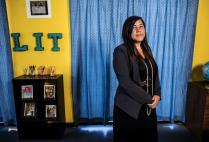
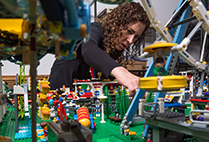

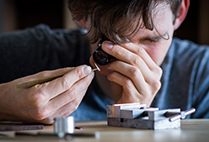

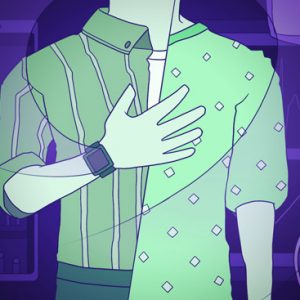
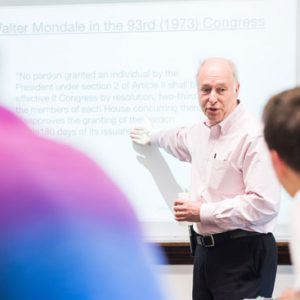

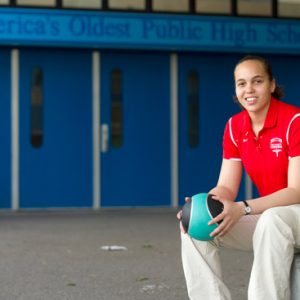

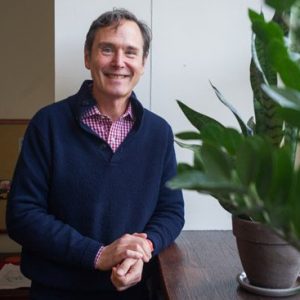



Related Stories
Joint MD/JD Program Launches in Fall
Students will complete both degrees in six years
MED’s New Docs Urged to Continue US Medical Leadership
NIH expert Anthony Fauci tells grads they are the world’s gold standard
MED Launches New Health Sciences Education Program
For medical professionals who want to teach more effectively
Post Your Comment